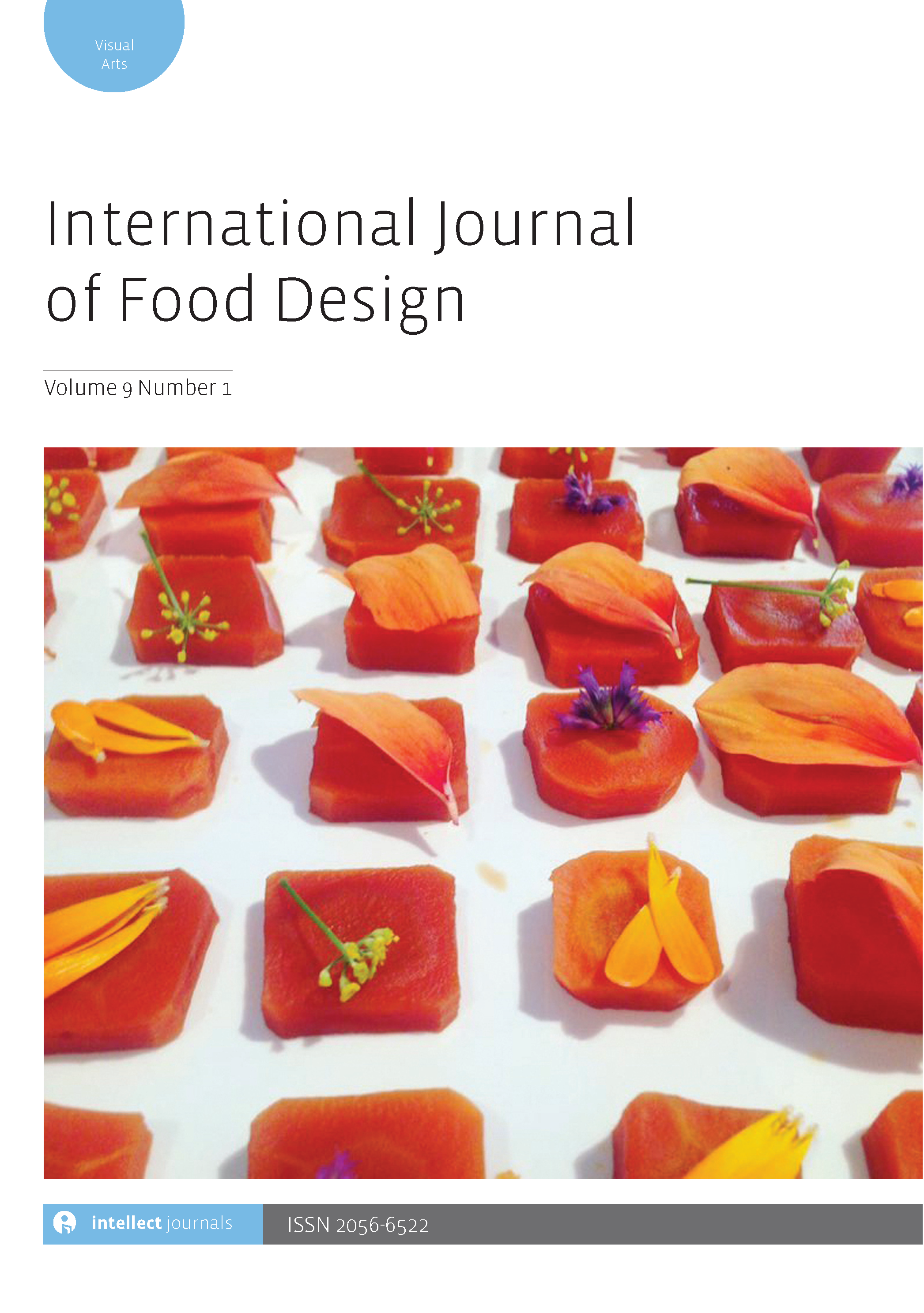-
oa Do food cinemagraphs evoke stronger appetitive responses than stills?
- Source: International Journal of Food Design, Volume 4, Issue 1, Apr 2019, p. 63 - 83
-
- 01 Apr 2019
Abstract
Viewing images of food triggers the desire to eat and this effect increases when images represent food in a more vivid way. Cinemagraphs are a new medium that is intermediate between photographs and videos: most of the frame is static, while some details are animated in a seamless loop, resulting in a vivid viewing experience. On social media cinemagraphs are increasingly used for food-related communication. Given their vivid appearance we hypothesized that food cinemagraphs may evoke stronger appetitive responses than their static counterparts (stills). This would make them a promising medium for food advertisements on the Internet or on digital menu boards. In this study we measured the ‘wanting’ (appetitive) and ‘liking’ (affective) responses to both cinemagraph and stills representing a wide range of different food products. Our results show that food cinemagraphs slightly increase ‘wanting’ scores while not affecting ‘liking’ scores, compared to similar stills. Although we found no overall main effect of image dynamics on ‘liking’, we did observe a significant effect for some individual food items. The effects of image dynamics on ‘wanting’ and ‘liking’ appear to be product specific: while dynamic images were scored higher on ‘wanting’ or ‘liking’ for some products, static images were scored higher on these factors for other products. Observer responses to a free association task indicate that image dynamics can affect the appeal of a food product in two ways: by emphasizing its hedonic qualities (lusciousness, freshness) and by enhancing the observers’ awareness of their own core affect (‘liking’) for the product. We conclude that the effective use of cinemagraphs in food advertisements therefore requires a careful consideration of the characteristics (hedonic aspects) of the food product that are to be highlighted through image motion and the inherent preferences (core liking) of the target group.



